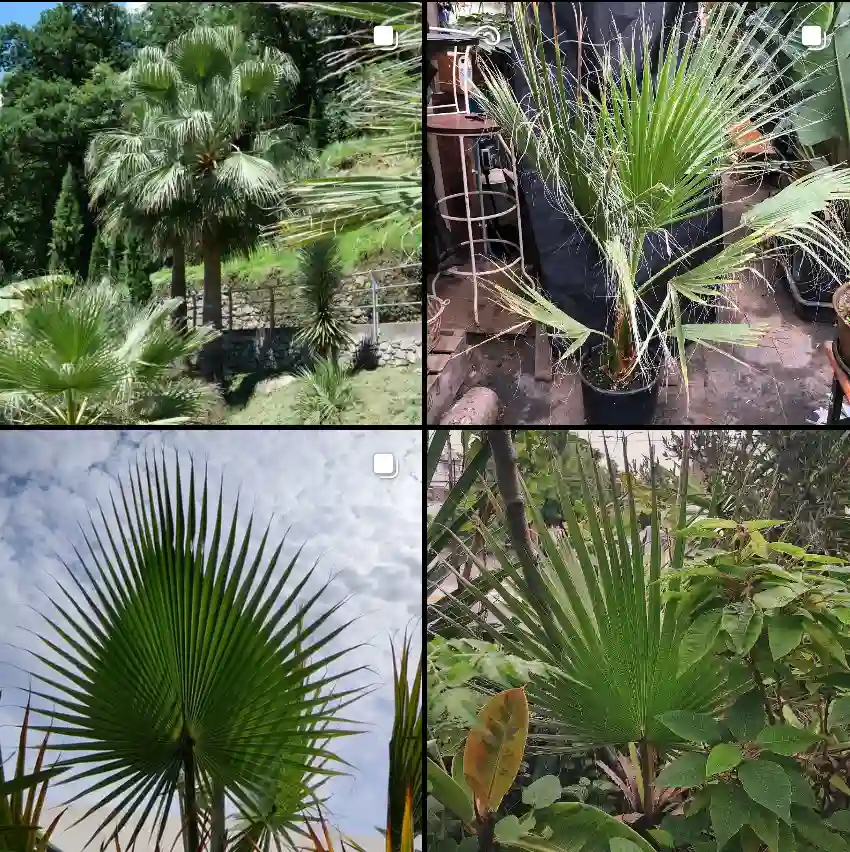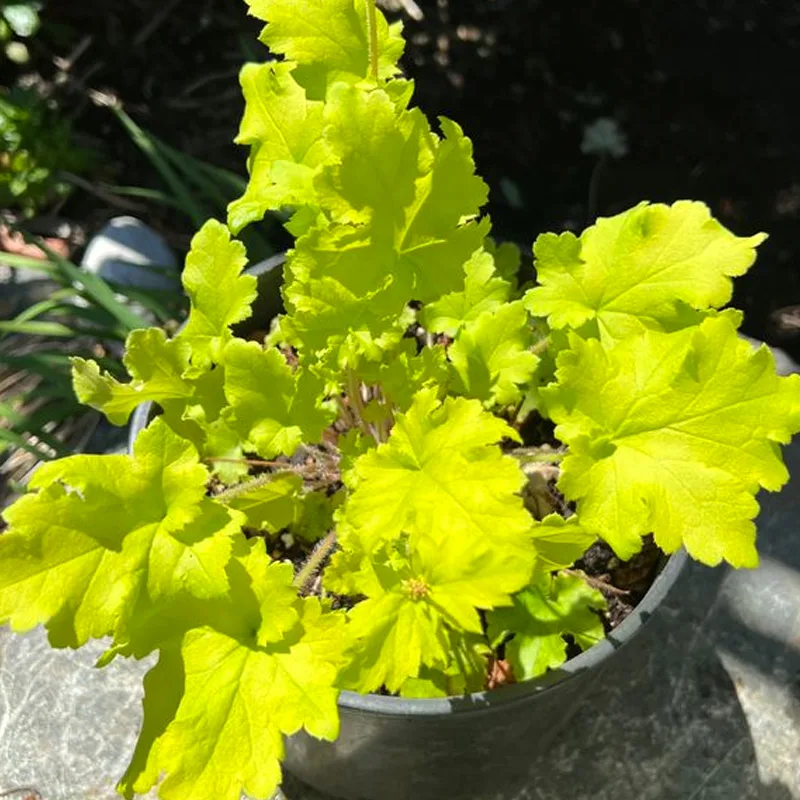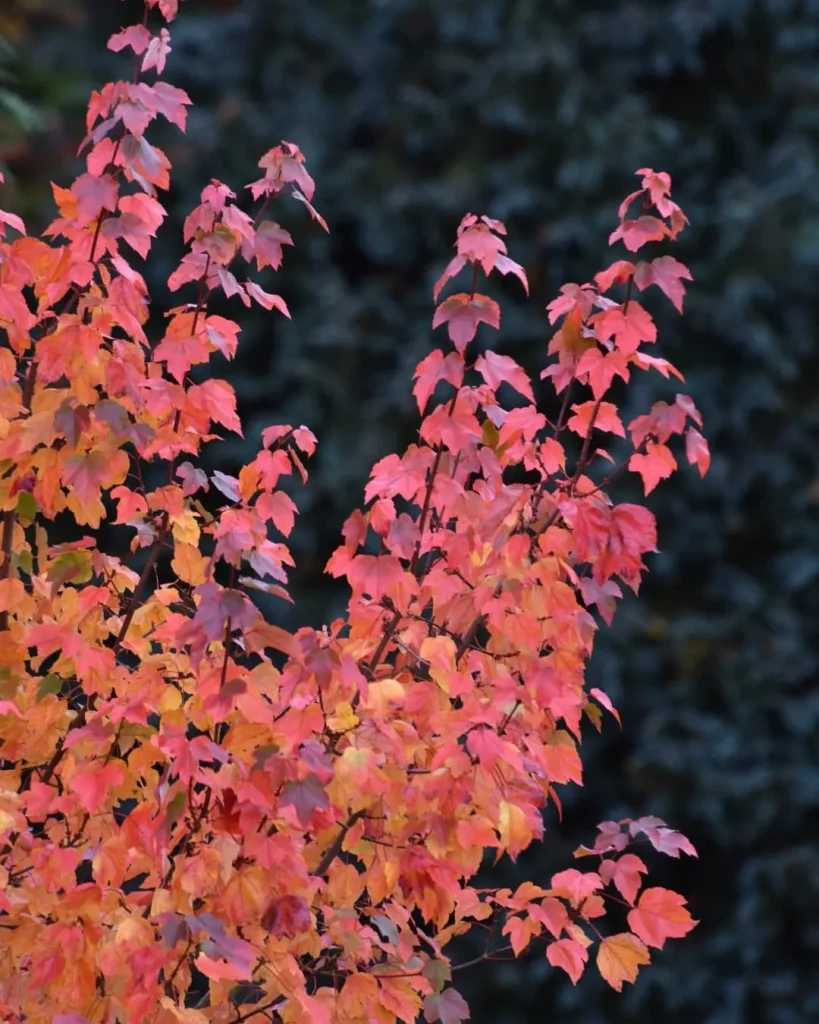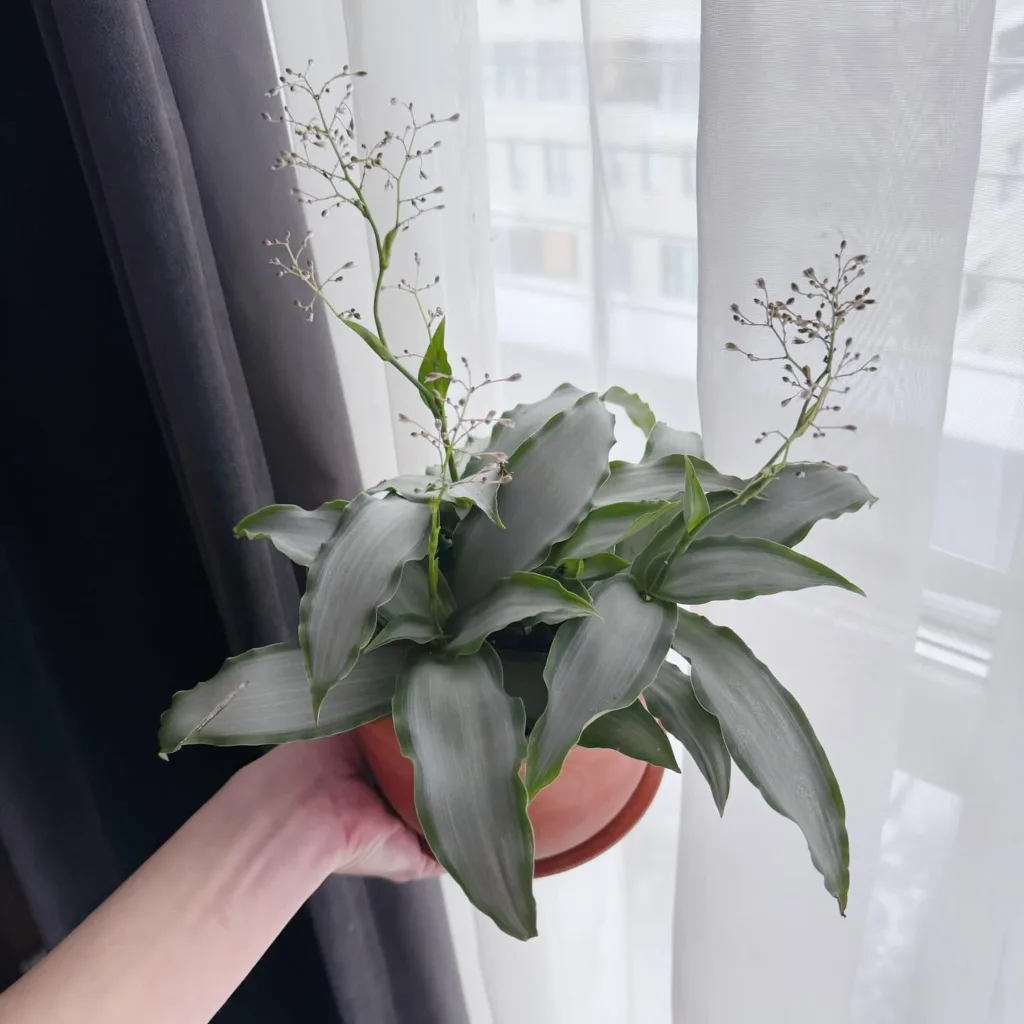
Coppertone Distylium: Your Guide to This Vibrant Evergreen Shrub
Hi, Ferb Vu here. I’m a plant enthusiast, and today, I want to delve into the fascinating world of the Coppertone Distylium. This eye-catching shrub has been gaining popularity for its stunning foliage and ease of care. So, whether you’re a seasoned gardener or just starting your plant journey, this guide is for you.
16 Species in Genus Distylium
What is a Coppertone Distylium?
The Coppertone Distylium (Distylium ‘PIIDIST-III’ PP25304) is a captivating evergreen shrub belonging to the witch-hazel family (Hamamelidaceae). It boasts a compact growth habit and dense, rounded form, making it a versatile addition to any landscape. But what truly sets it apart is its dynamic foliage.
New leaves emerge a vibrant coppery-red, adding a fiery pop of color in spring. As summer arrives, the foliage matures to a cool blue-green, providing a calming presence in your garden. And the show doesn’t stop there! During winter, the leaves often transition to a captivating shade of purple, offering year-round visual interest.
Why Choose a Coppertone Distylium?
There are several reasons why the Coppertone Distylium should be on your plant wish list:
- Low-Maintenance: This shrub is a dream for busy gardeners. It’s drought-tolerant and disease-resistant, requiring minimal care to thrive.
- Adaptable: The Coppertone Distylium flourishes in full sun to partial shade, making it suitable for a variety of garden locations.
- Winter Interest: Unlike many evergreens that appear static in winter, the Coppertone Distylium’s foliage often transforms to a beautiful purple hue, adding charm to the colder months.
- Attractive Foliage: The year-round color display, from the fiery red new growth to the cool blue-green summer foliage and the potential winter purples, makes this shrub a standout in any garden.
- Hedge Potential: With its dense growth habit, the Coppertone Distylium can be easily shaped into a formal hedge, adding definition and structure to your landscape.
Coppertone Distylium vs. Boxwood: A Classic Comparison
Boxwood (Buxus spp.) has long been a popular choice for hedges and foundation plantings. However, the Coppertone Distylium offers several advantages:
- Disease Resistance: Boxwood is susceptible to boxwood blight, a devastating fungal disease. The Coppertone Distylium, on the other hand, is much more disease-resistant.
- Heat Tolerance: Boxwood can struggle in hot climates. The Coppertone Distylium, with its heat tolerance, thrives in warmer regions.
- Color Interest: Boxwood offers a single green color year-round. The Coppertone Distylium’s dynamic foliage adds a captivating dimension to your garden.
While boxwood remains a classic choice, the Coppertone Distylium provides a more resilient and visually interesting alternative for many gardeners.
How to plant and care Coppertone Distylium?
Planting your Coppertone Distylium is a breeze:
- Choose a location with well-draining soil and full sun to partial shade.
- Dig a hole twice the size of the root ball.
- Gently remove the plant from its container and loosen any root-bound roots.
- Place the plant in the hole, ensuring the root ball sits level with the surrounding soil.
- Backfill the hole with the removed soil and water thoroughly.
Once established, your Coppertone Distylium requires minimal care. Water deeply during the first growing season, especially during periods of drought. Prune lightly to maintain its desired shape, but avoid heavy pruning as it can affect flowering (which is minimal for this shrub).
Fertilizer: A balanced fertilizer applied in spring can encourage healthy growth.
Pests and Diseases: As mentioned, the Coppertone Distylium is generally disease-resistant. However, keep an eye out for common garden pests like aphids or scales. If necessary, treat them with organic methods or insecticidal soap.
Conclusion
The Coppertone Distylium is a phenomenal shrub that offers a unique combination of beauty, ease of care, and adaptability. Its vibrant foliage adds a touch of magic to any landscape, making it a perfect choice for gardeners of all levels. So, why not consider adding this captivating shrub to your garden and enjoy its year-round charm?
I hope this guide has helped you learn more about the Coppertone Distylium. If you have any further questions, feel free to leave a comment below. Happy planting!
If i die, water my plants!



